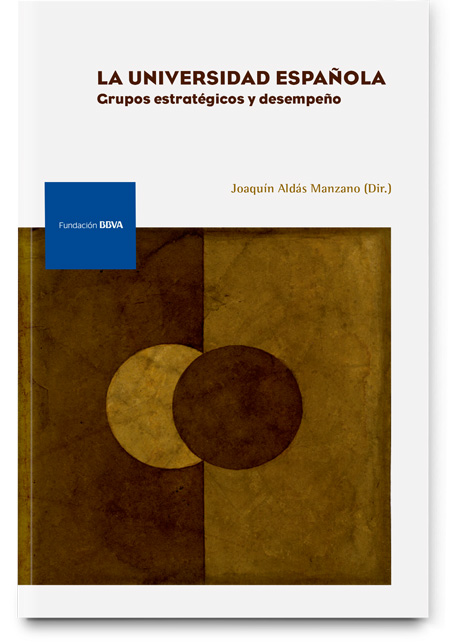Esta web utiliza cookies para que podamos ofrecerte la mejor experiencia de usuario posible. La información de las cookies se almacena en tu navegador y realiza funciones tales como reconocerte cuando vuelves a nuestra web o ayudar a nuestro equipo a comprender qué secciones de la web encuentras más interesantes y útiles.
Research Areas

The aim of this research is to analyze the results of the universities, which must account to society for their activities, bearing in mind their characteristics and resources, and the socio-economic context in which they operate. The main reason for carrying out this research is that the Spanish University system consists of many institutions that differ depending on their funding, types of teaching staff and students, organizational structure and socio-economic environment. Therefore, taking into account their diverse features, it is reasonable to raise the question whether comparing them makes any sense.
In view of their differentiating features, universities that are similar to each other and significantly different from others are clustered into categories with the result of 7 strategic groups. Thus, the levels of teaching, research, innovation and technological development can be compared, within each group, on a more homogeneuos basis. Intragroup comparisons are more useful because they identify the examples of good practices better than general rankings, considering that universities which stand out for their results in their strategic group are attainable benchmarking targets as they have similar resources. In other words, benchmarks for members in every group are more stimulating because they enhance the efficiency and better practices of the universities that, not being leaders in the general rankings, achieve better results than the average of each group.


